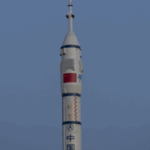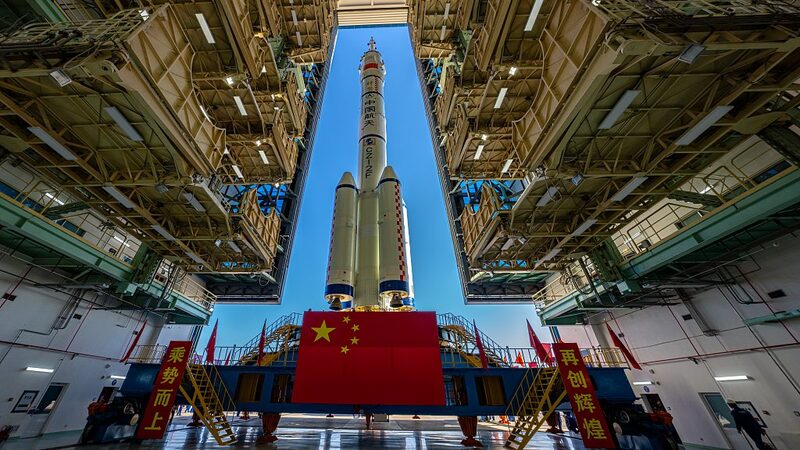China successfully launched the Shenzhou-21 crewed spacecraft on November 1, marking another leap forward in its rapidly advancing space program. The mission, which lifted off from the Jiuquan Satellite Launch Center, underscores Beijing’s growing capabilities in aerospace technology and its strategic vision for sustained human presence in orbit.
Crew and Mission Objectives
The three-person crew will dock with China’s Tiangong Space Station to conduct scientific experiments and test new technologies critical for future lunar exploration plans. State media highlighted the mission’s role in advancing astrophysics research and materials science under microgravity conditions.
Strategic Implications
Analysts note this launch reinforces China’s position as a key player in space exploration, with the Tiangong station poised to become a hub for international collaboration. The mission follows recent breakthroughs in reusable rocket systems and satellite deployment, signaling competitive momentum in the global space economy.
While details about the crew’s specific activities remain limited, the launch has drawn attention from scientific communities and space agencies worldwide. For business observers, the development highlights opportunities in aerospace supply chains and downstream applications of space-derived technologies.
Reference(s):
China announces successful launch of Shenzhou-21 crewed spacecraft
cgtn.com








